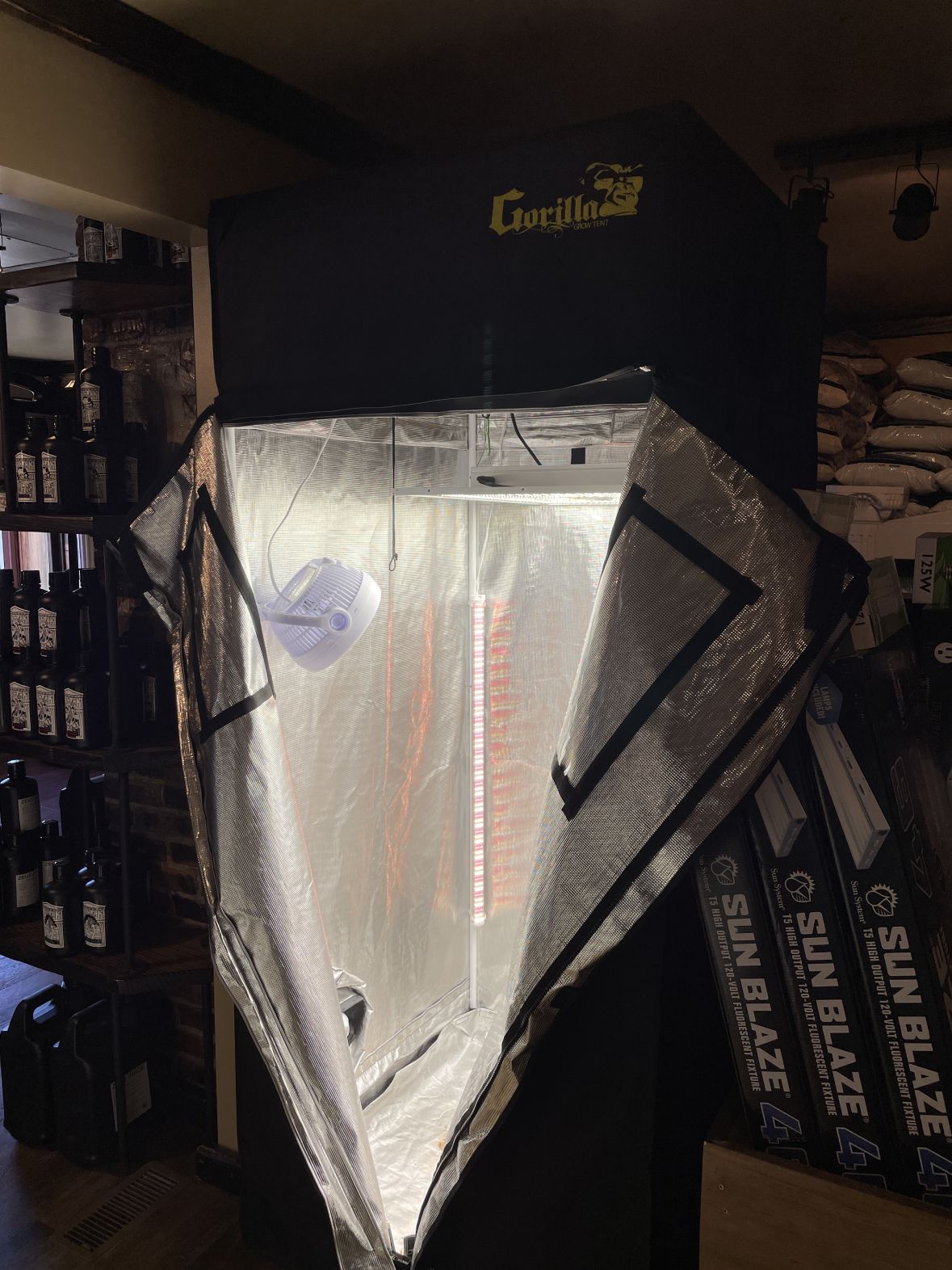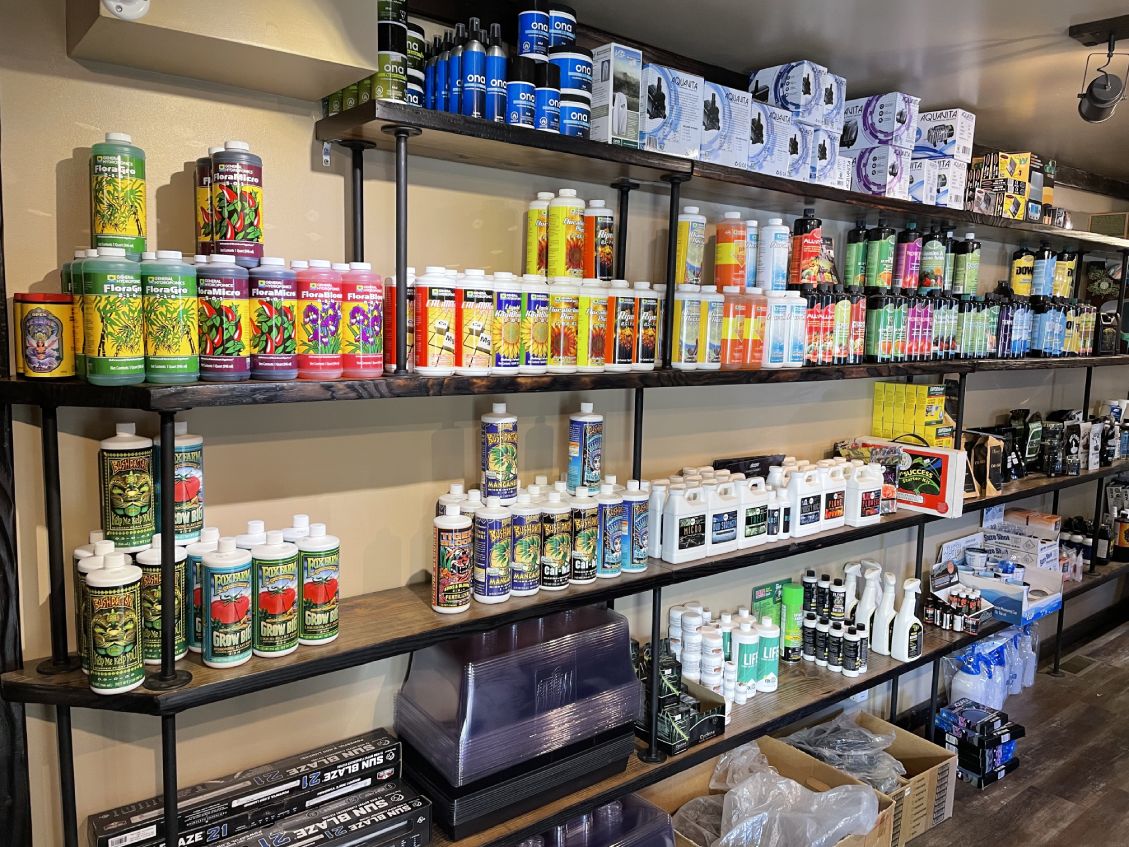Opening the Possible of Hydroponics: Understanding Its Utilizes and Various Types
Hydroponics, a technique of growing plants without dirt, has gathered raising attention for its potential to reinvent farming and horticulture practices. The precision control over nutrient distribution, water use, and ecological elements uses a glance right into a future where food manufacturing can be optimized in various settings. As we navigate with the detailed landscape of hydroponic systems and strategies, it becomes noticeable that each approach holds distinct advantages and limitations. By unwinding the varied usages and sorts of hydroponics, we can reveal a globe of opportunities that might improve exactly how we imagine lasting farming and horticulture methods.
Advantages of Hydroponic Solutions

One more advantage of hydroponic systems is the ability to expand plants in a smaller space. Hydroponic systems lower the danger of soil-borne illness and insects, as there is no dirt to harbor these threats.
Common Makes Use Of in Farming

Given the reliable water preservation and space-saving benefits of hydroponic systems, it is evident that these cutting-edge agricultural methods have actually found usual uses in various fields of agriculture. The regulated atmosphere of hydroponic systems enables year-round farming, offering a regular supply of fresh produce regardless of outside weather conditions.
Hydroponics is commonly utilized for growing a range of plants, consisting of leafy eco-friendlies, tomatoes, cucumbers, peppers, natural herbs, and strawberries. Furthermore, hydroponic systems are made use of in research and educational setups to study plant growing, nourishment, and development techniques.
Exploring Different Hydroponic Techniques
What are the various ingenious techniques used in hydroponics to improve plant growing effectiveness and yield? Hydroponic systems supply an array of approaches that provide to various plant kinds and farming objectives. One prominent strategy is the Deep Water Society (DWC) system, where plant origins are immersed in a nutrient option, supplying adequate oxygen and nutrients. One more extensively made use of technique is the Nutrient Film Technique (NFT), which entails a superficial stream of nutrient option streaming over the plant roots, advertising water and nutrient uptake. In addition, the Ebb and Circulation system, likewise called the Flood and Drainpipe system, periodically floods the plant roots with nutrient solution, permitting oxygenation during draining pipes periods. Aeroponics is another advanced strategy that includes misting plant origins with a nutrient option, optimizing oxygen absorption and nutrient uptake. Each of these strategies showcases the adaptability and effectiveness of hydroponic systems in boosting crop growth and yield.
Contrasting Numerous Hydroponic Equipments
Exploring the effectiveness and yield improvement methods in hydroponics leads us to contrast various hydroponic systems offered for plant cultivation. Each hydroponic system has its one-of-a-kind features, benefits, and constraints, making it crucial for cultivators to pick one of the most appropriate system based upon their details needs and restrictions.
Among the most common hydroponic systems is the nutrient movie strategy (NFT), where a thin film of nutrient remedy continuously streams over the plant origins. This system is treasured for its water efficiency and suitability for growing leafed environment-friendlies and natural herbs. In contrast, the deep water culture (DWC) system submerges plant roots straight right into the nutrient remedy, providing sufficient oxygen and nutrients. The DWC system is affordable and fairly basic, making it a prominent selection for newbies.
An additional prominent hydroponic system is the ebb and flow (or flooding and drainpipe) system, which occasionally floodings the plant roots with nutrient service prior to draining it. By comprehending the differences between these hydroponic systems, cultivators can make enlightened choices to take full advantage of plant return and top quality.
Advancements in Hydroponic Innovation
With innovations in hydroponic modern technology, the agricultural market is see observing a page change towards more effective and lasting cultivation methods. Advancements in hydroponic technology are changing the means plants are grown by maximizing returns, preserving resources, and reducing environmental influence. One essential technology is the development of clever hydroponic systems that utilize sensors and automation to check and adjust environmental problems such as pH degrees, nutrient concentrations, and light direct exposure in real-time. These systems make it possible for accurate control over expanding problems, leading to ideal plant development and greater crop returns.
One more significant innovation is the integration of vertical farming techniques with hydroponic systems, enabling for the growing of plants in piled layers. This upright strategy takes full advantage of area application, making it excellent for urban environments where land availability is limited - The Indoor Earthworm. Additionally, the use of advanced LED lighting systems tailored to specific plant requirements has actually improved power performance and boosted development prices in hydroponic configurations
Innovations like these are driving the advancement of hydroponics, making it a lasting useful site and extremely appealing option for modern-day agriculture.
Conclusion
Finally, hydroponics uses various benefits in farming and has different techniques and systems that can be made use of to maximize its potential. Technologies in hydroponic technology proceed to improve efficiency and sustainability in food production. By comprehending the uses and different kinds of hydroponic systems, farmers and farmers can open the complete capacity of this innovative approach of growing plants without dirt.
Additionally, hydroponic systems enable for far better control over nutrient levels, pH equilibrium, and environmental problems, leading to healthier plants and greater yields.
